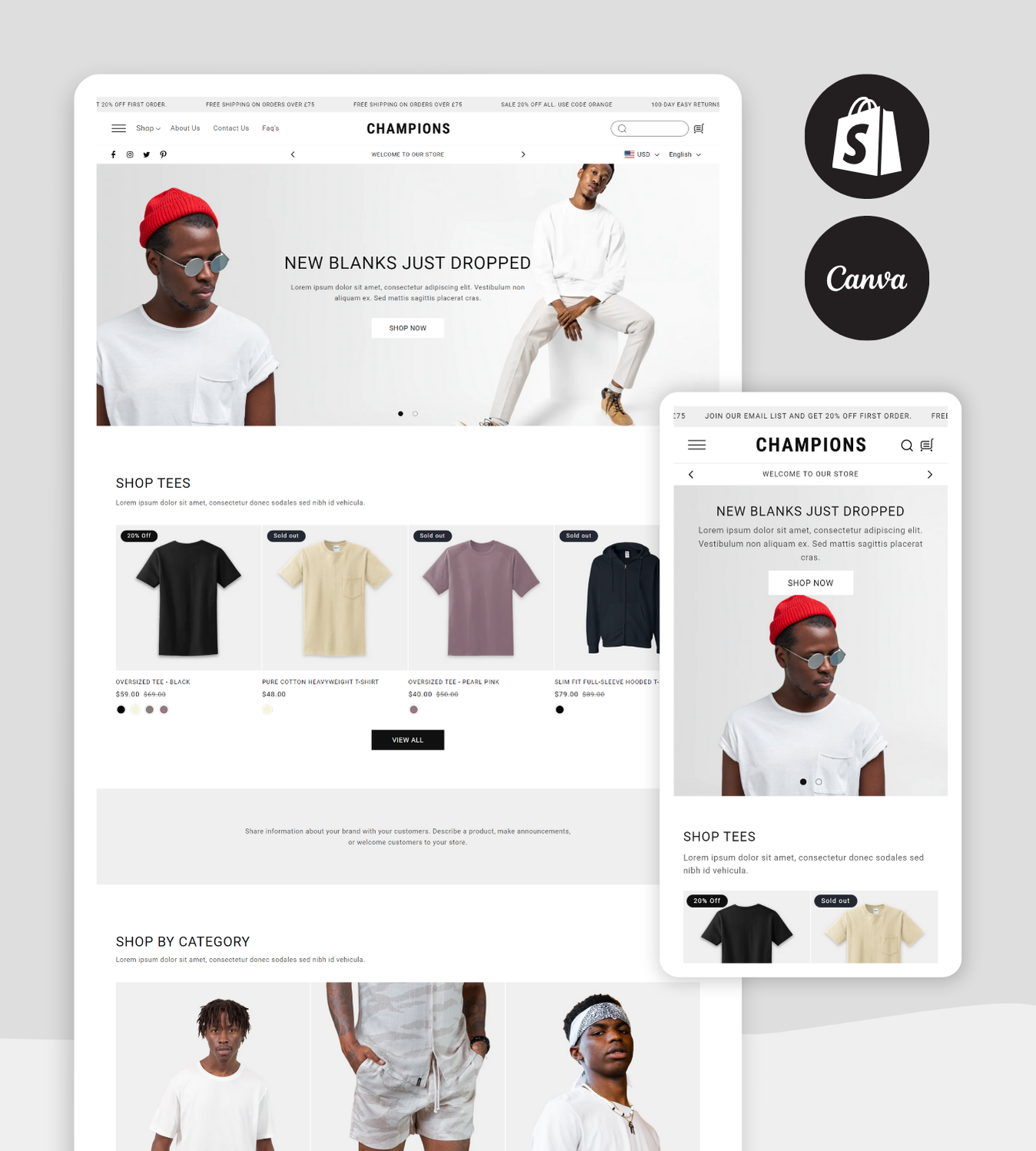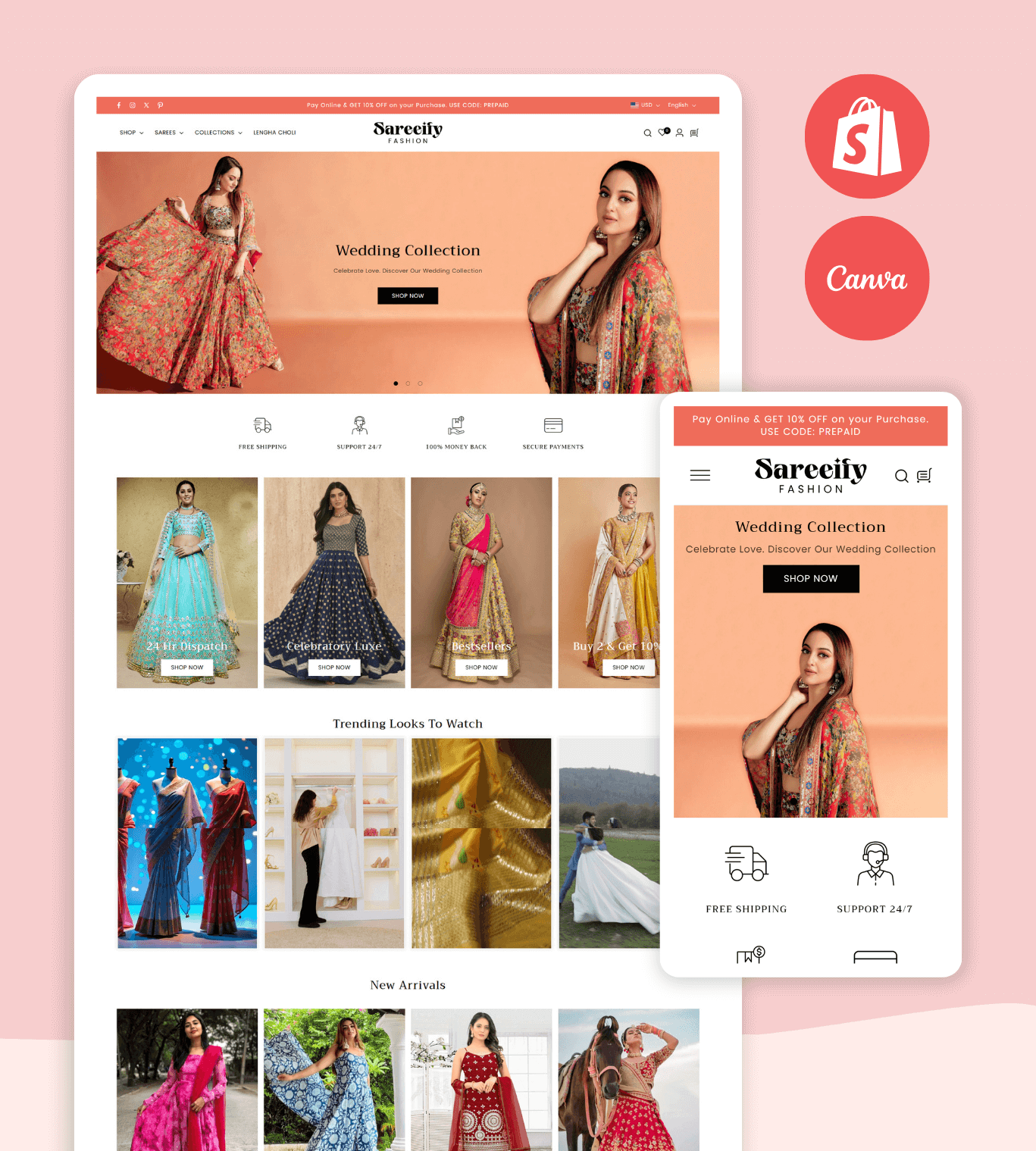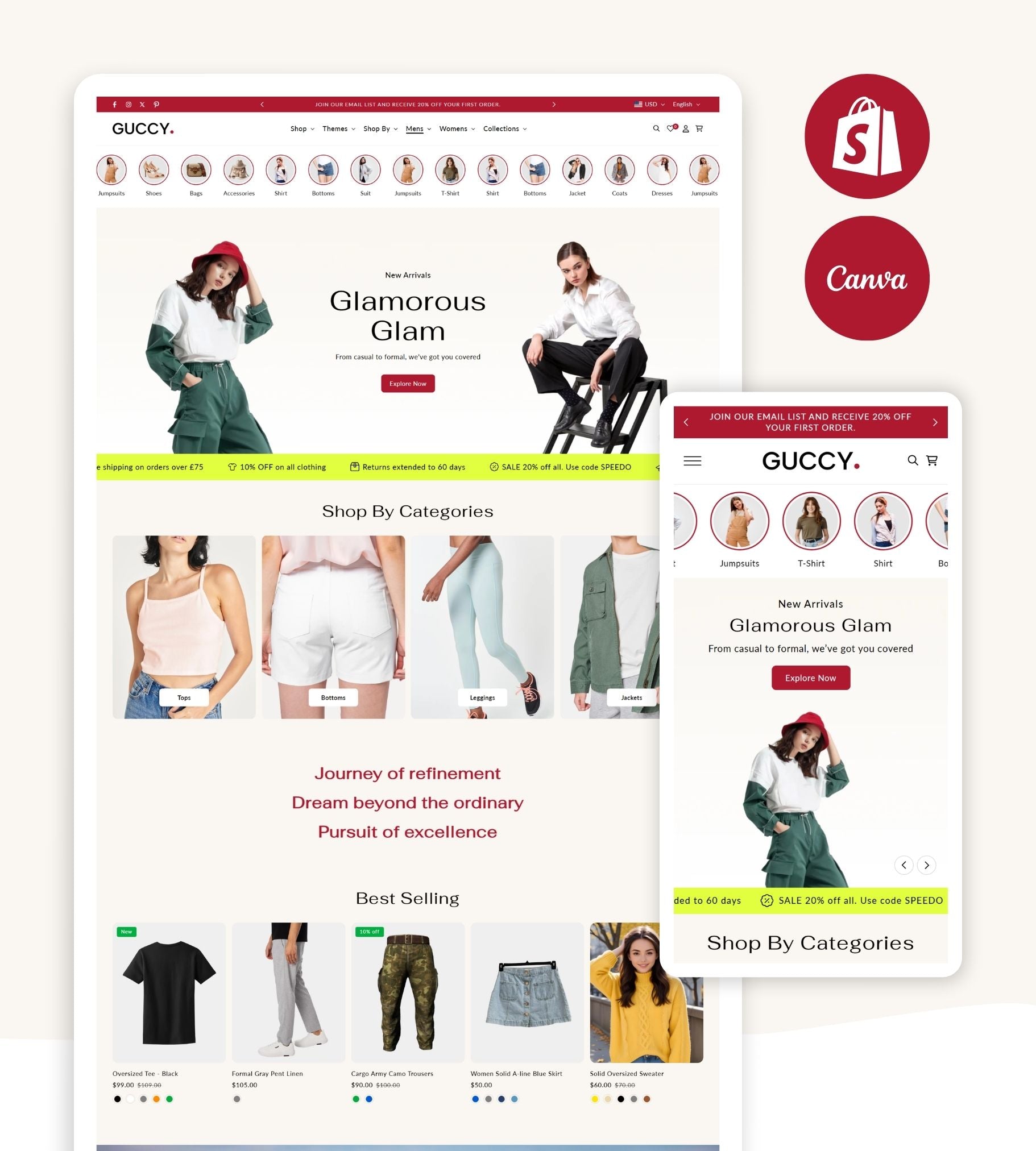In the competitive world of online fashion, first impressions are everything. When a customer lands on your Shopify store, the visual layout, ease of navigation, and brand aesthetic play a critical role in their decision to explore further or bounce away. That’s why choosing the right Shopify theme for your clothing brand isn’t just a design decision—it’s a strategic one.
A well-chosen theme can bring your brand to life, emphasise your product strengths, and create a seamless shopping experience. But with thousands of Shopify themes available—ranging from free templates to premium, feature-packed options—finding the one that fits your brand’s unique personality and business goals can be overwhelming. In this blog, we’ll break down everything you need to consider when selecting the Best Clothing Shopify Theme—from brand alignment and mobile responsiveness to technical performance and support. Let’s get your fashion store dressed for success.
Understand Your Brand Identity
Before diving into theme selection, take a step back and assess your brand’s personality. Are you a streetwear label with edgy, urban designs? Or a luxury boutique offering elegant formalwear? Your Shopify theme should visually reflect your brand tone, target audience, and aesthetic.
Minimalist themes work great for luxury and boutique brands.
Vibrant and bold designs suit youthful, trend-driven clothing lines.
Neutral and clean layouts are ideal for eco-conscious or sustainable fashion stores.
Ask yourself:
What emotions should the design evoke?
What type of lifestyle does my brand promote?
Will the theme highlight my best-selling items or categories?
The right theme tells your brand story without saying a word.
Prioritise Mobile Responsiveness
Over 70% of online shoppers now browse and purchase from mobile devices. A theme that looks beautiful on a desktop but falls flat on smartphones will cost you conversions. Choose a theme that is:
Fully responsive (automatically adjusts to any screen size)
Offers touch-friendly navigation
Optimised for mobile page speed
Before finalising a theme, test its demo version across various devices to see how it performs on phones and tablets. Mobile-first isn’t a trend—it’s a requirement.
Focus on Speed and Performance
Fashion websites are often image-heavy, which can lead to slow load times if the theme isn’t optimised. A sluggish site hurts not only user experience but also your Google ranking. When reviewing the Best Clothing Shopify Theme, look for:
Optimised image handling (lazy loading, compression)
Fast loading speeds (check GTmetrix or PageSpeed Insights)
Clean codebase to ensure smooth performance
A fast, frictionless shopping experience leads to higher engagement and lower bounce rates.
Evaluate Customisation Options
Your theme shouldn’t limit your creativity. Choose a Shopify theme that allows flexible customisation so you can tailor the look and feel without needing a developer for every small change. Look for:
Multiple homepage layouts
Customizable fonts and colours
Drag-and-drop sections
Support for video banners, lookbooks, or slideshows
If you want to make your store stand out, ensure the theme supports brand-specific visual elements like typography, logo positioning, and product display variations.
Check Compatibility with Apps and Features
Not all Shopify themes support every Shopify feature or app seamlessly. Consider your functional needs like product filters, wishlists, currency switchers, Instagram feeds, and more. Ensure the theme supports:
Product zoom, colour swatches, and quick view
Multi-currency & multilingual support if you sell internationally
Integration with email marketing tools, social media, and Shopify apps
It’s also wise to review the theme documentation or user reviews for feedback on app compatibility and backend performance.
SEO-Friendly Structure
SEO is key to long-term success. A theme with SEO best practices built in can help you rank higher on search engines, bring in more organic traffic, and increase visibility. Choose a theme that includes:
Clean HTML/CSS structure
Customizable meta titles and descriptions
Fast load speeds (again!)
Schema markup for product listings
The more SEO-ready your best fashion themes are, the less work you’ll need to do on the backend.
Look at Demo Stores and Reviews
Before buying or installing a theme, explore its live demo and sample stores. This gives you an idea of how real businesses use it and what the finished product might look like. Also, read reviews for:
Customer support quality
Ease of installation and setup
Bug reports or technical issues
Many Shopify themes promise everything, but the real-world user experience often reveals the truth.
Prioritise Support and Updates
Fashion trends evolve, and so should your website. Choose a theme provider that offers:
Regular updates to keep your theme compatible with Shopify’s latest versions
Reliable customer support (email or live chat)
Access to detailed documentation and FAQs
Support becomes especially important if you're running promotions or seasonal launches—you don’t want your theme to break during peak traffic.
Budget Wisely—But Strategically
While Shopify offers free themes, premium themes often come with advanced features, better design flexibility, and long-term scalability.
Free themes are great for small or experimental stores.
Premium themes ($100–$350) offer more polish, better support, and unique features for growth-focused brands.
Think of your theme as an investment in your brand’s success. Spending a little more now can pay off significantly later.
Bottom Line
Choosing the Best Clothing Shopify Theme is about finding the perfect balance between style, functionality, and performance. You want a theme that elevates your brand, delights your customers, and supports business growth.
If you're looking for a collection of professionally designed, fashion-forward Shopify themes, we highly recommend exploring Speedo Themes. Our themes are built specifically for clothing brands, combining aesthetics with top-tier performance, mobile responsiveness, and easy customisation.





